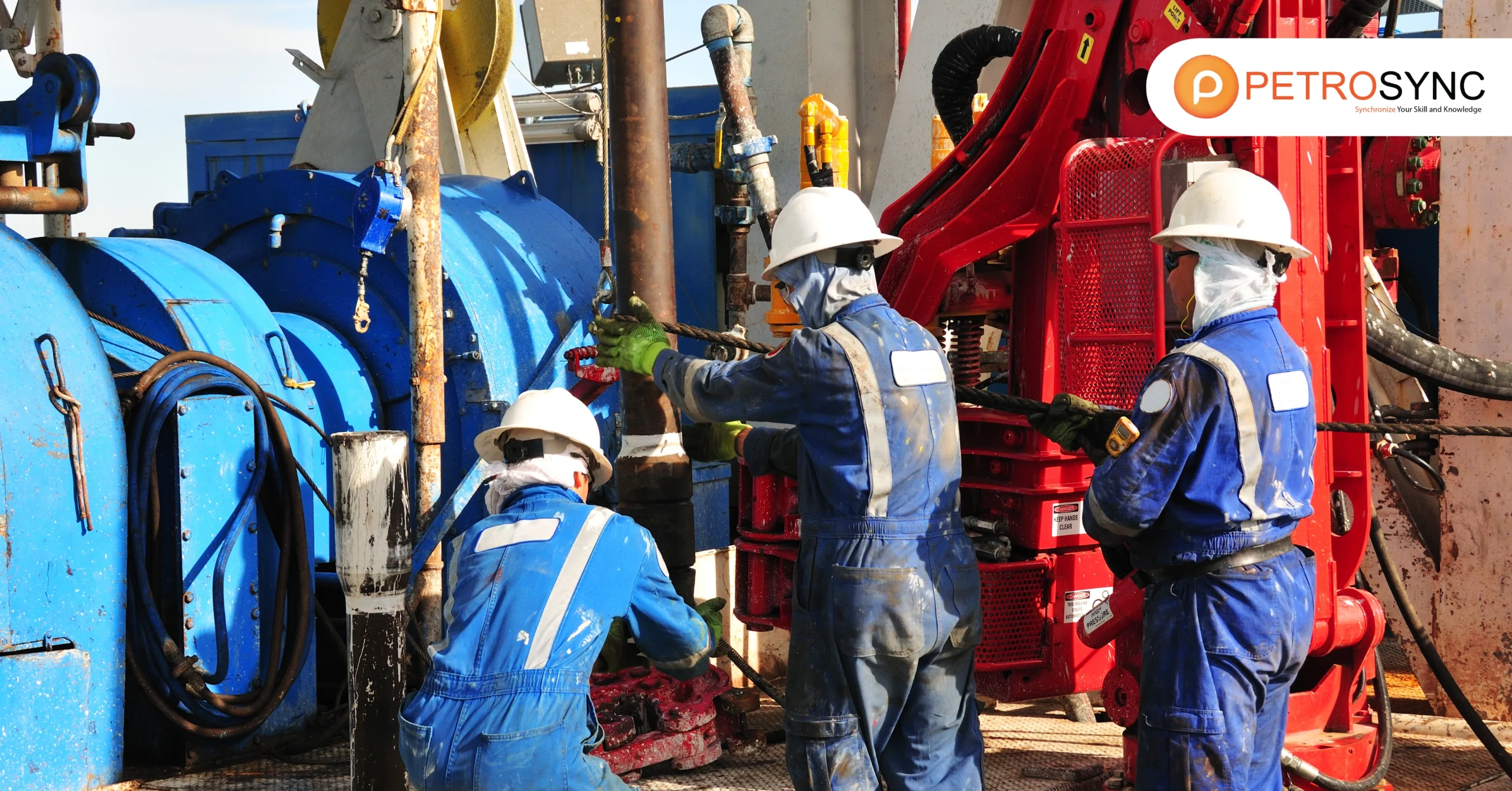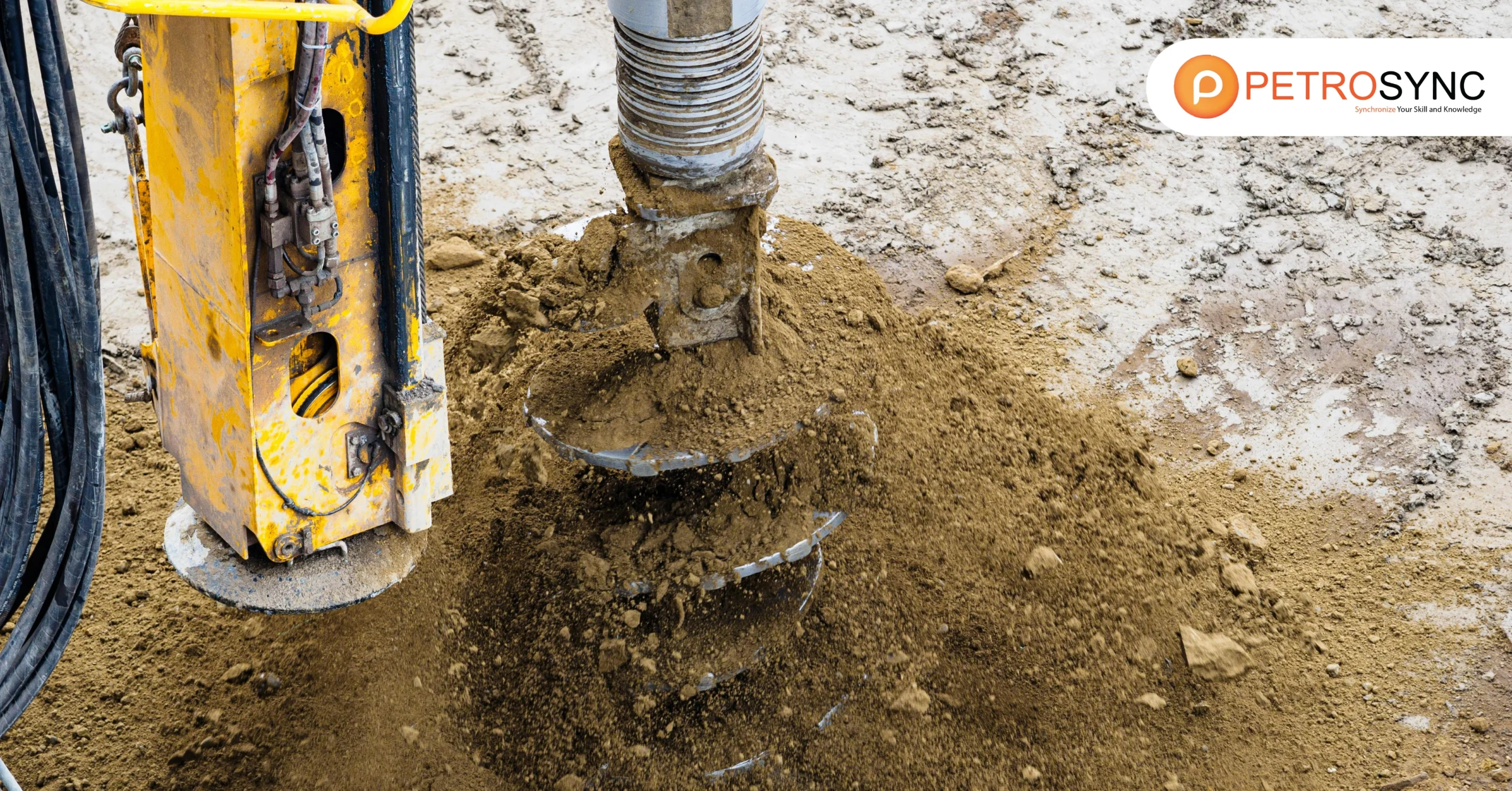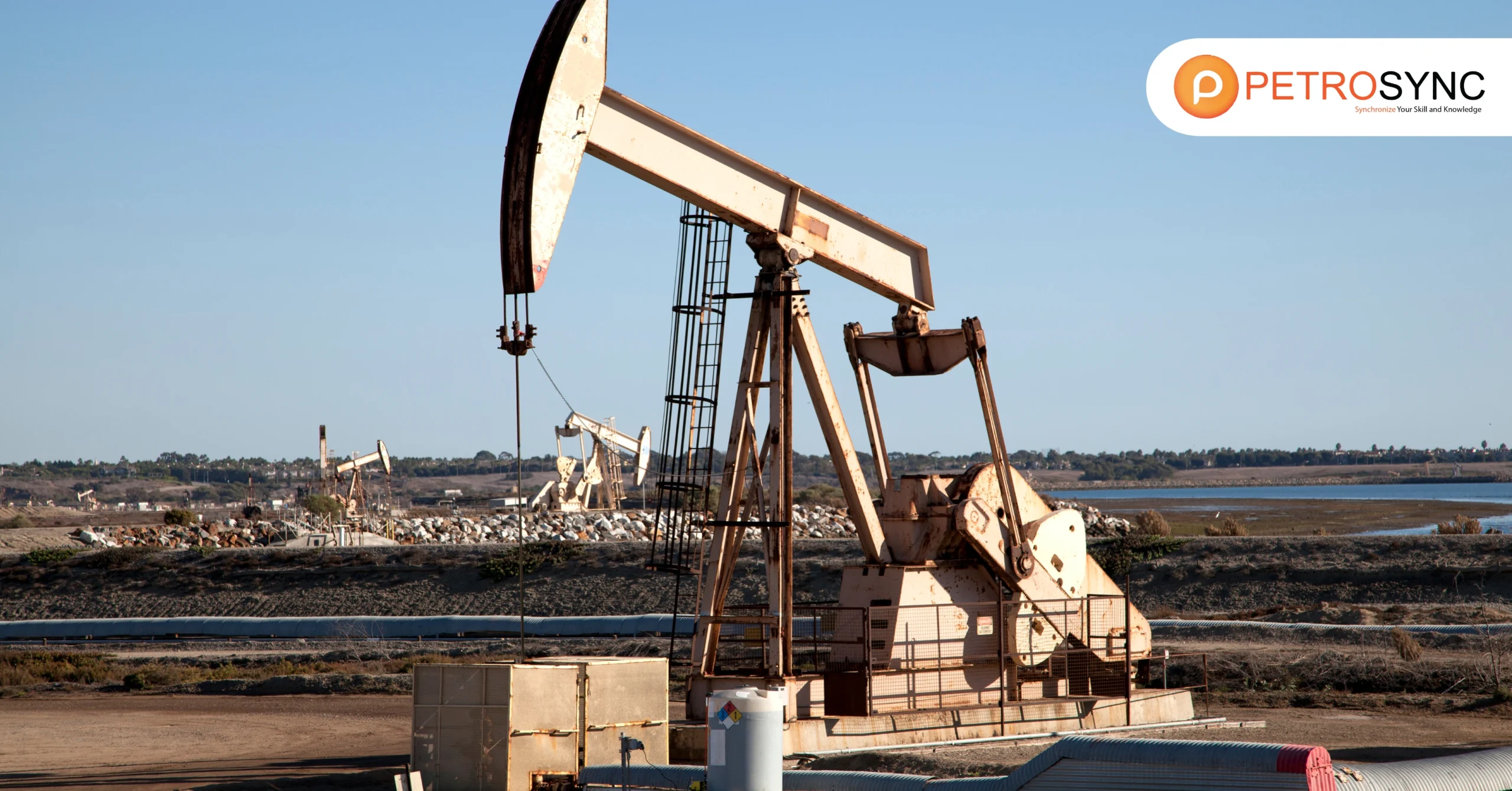Permeability is described as a material’s ability to enable fluids to pass through it. It is an essential feature for businesses that rely on efficient fluid transport. porous tests and formulas are useful for examining reservoirs in the oil and gas sector and determining the compatibility of building materials.
This essay delves deeply into the definition, measurement, and application of porous to help you comprehend its practical importance.
What Is Permeability?

Permeability is refers to its ability to allow fluids or gasses to pass through it. porous is a scientific word that describes how easily a fluid flows through a porous media. It is an important component in material science and engineering. When you consider the variety of applications, the issue of porous becomes even more important.
Permeability determines the effectiveness of hydrocarbon extraction in the oil and gas business. The porous magnetic characteristics in physics describe how magnetic fields interact with materials. Engineers and scientists can employ porous to increase fluid flow in natural reservoirs or industrial pipes.
How To Measure Permeability?
Permeability measurements must be precise in order to assess reservoirs and decide extraction strategies. The sector uses various methodologies, depending on the amount of precision required and the characteristics of the reservoir. One of the most commonly used methods is laboratory core analysis, where experts test rock samples from the reservoir for porosity under controlled conditions.
Researchers subject these samples to fluid flow at different pressures to observe how quickly the fluid goes through the rocks. They can also determine porosity in the field using well testing techniques like pressure transient analysis or well logging. These approaches assess how the reservoir responds to fluid flow over time, providing information on its porosity properties.
Furthermore, researchers are increasingly using contemporary computer modeling techniques, such as digital rock physics, to assess porosity without the use of actual samples, making the process faster and less expensive.
What Is Permeability’s Unit?
Permeability is measured in darcy units, which are named after French engineer Henry Darcy. One darcy reflects a material’s porous, which permits a fluid to flow at a specified rate under predetermined pressure conditions. In scientific applications, free-space porous, also known as magnetic porous, is measured in henries per meter (H/m).
Permeability is measured in SI units such as henries per metre (H/m) or newtons per ampere squared. This article describes the interaction of a magnetic field and a vacuum or material. The use of standard units ensures consistency in tests, calculations, and industrial applications.
What Are The 3 Factors of Permeability?
Permeability is influenced by several factors, but three key aspects determine how fluid moves through porous materials:
1. Pore Size and Distribution
Permeability is heavily influenced by the size and distribution of pores inside the rock itself. Larger and more connected pores allow fluids to flow more freely, resulting in increased porosity. Smaller or isolated pores, on the other hand, impede fluid passage, resulting in decreased permeability. The structure of the rock matrix, whether densely packed or loosely arranged, also influences overall porosity.
2. Fluid Viscosity
The sort of fluid passing through the rock influences its porosity. More viscous fluids, such as heavy oil, move slower through rock pores than lighter, less viscous fluids, like natural gas. The relationship between fluid viscosity and porosity is critical in determining the ease of extraction in different reservoirs.
3. Rock Saturation
The level of saturation, or how much of the rock’s pore space is already occupied by fluids, can also have an impact on porosity. If a rock is completely saturated with water, its porosity to oil or gas may be reduced as a result of the water covering the pores.
In contrast, partially saturated rocks, where different types of fluids coexist, may exhibit varied porosity depending on which fluid is dominant and how quickly it may pass through the pore network.
Understanding these characteristics and how they interact is critical for improving production techniques and increasing the efficiency of hydrocarbon extraction in any reservoir.
What Are The Examples of Permeability?
1. Oil and Gas Industry
Permeability is crucial when evaluating reservoirs for hydrocarbon extraction. High porosity ensures efficient oil and gas flow, lowering operating costs.
2. Petrochemical Industry
Permeability testing in petrochemicals guarantees that materials used in operations such as filtration and separation fulfill performance specifications.
3. Power Industry
Power plants use materials with specific permeability qualities to improve fluid flow in cooling systems and other key functions.
What Are Permeability Types?
1. Effective Permeability
Effective permeability is a measure of fluid flow in the presence of various phases such as oil, water, and gas. It is critical in reservoir management.
2. Absolute Permeability
Absolute permeability is the measurement of one fluid moving through a substance. This is often utilized under optimum laboratory settings.
3. Relative Permeability
Relative permeability measures the flow efficiency of several fluids within a substance. It’s especially significant in multiphase fluid systems.
What is Higher vs Lower Permeability?
Materials with higher porous allow fluids to flow easily, making them ideal for applications like filtration and hydrocarbon extraction. Examples include sandstones and gravel. The porosity of a material is determined by assessing how much the material resists the flow of fluids—if the fluid travels through easily, the material has high porosity.
In contrast, lower porous materials, such as clays or shales, restrict fluid flow. These materials are used as barriers in construction or containment systems. If it takes a lot of pressure to squeeze fluid through the material, it has low porous.
Understanding the differences between high and low porous materials is critical for selecting the right materials in engineering, environmental science, and industrial applications.
Join PetroSync’s Training: Unlock the Secrets of Permeability and Revolutionize Fluid Flow Understanding!
Want to understand the ideas of permeability and their industrial applications? Join PetroSync‘s specialised training programs. Learn from industry professionals, conduct sophisticated porous tests, and acquire practical experience to further your career in engineering, oil and gas, and petrochemicals. Improve your knowledge of porous and transform your approach to fluid flow dynamics. Sign up now to maximize your potential!

Results-oriented and thorough SEO specialist with extensive experience in conducting keyword research, developing and implementing digital website promotion strategies and plans, managing campaigns to develop company websites in the digital world, excellent knowledge of marketing techniques and principles, and attentive strong attention to detail.







